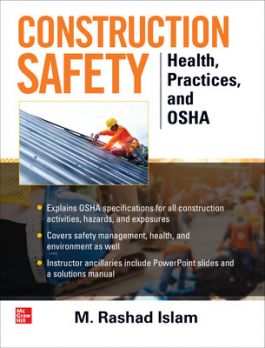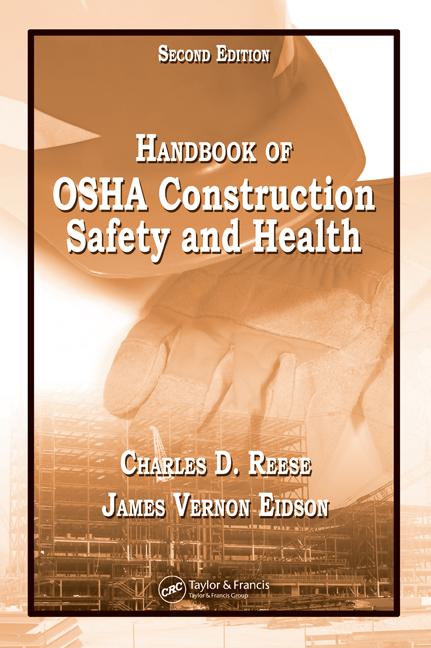Let’s return to the days before the talk was of safety cultures; just cultures; metrics;, alignment; engagement; game-changers; change agents; the C-suite; observation and feedback; paradigms; behavioral norms; safety fluency; Big Data; transformational leadership; error traps; the business case; interventions upstream, downstream and in real-time; outsourcing;, resourcing; visions and values; ; core competencies; networking; and OSHA, MSHA, EPA and VPP.
Let’s look at the safety job pre-1970.
In the late 1960s, Safety Product News, the first iteration of ISHN, regularly profiled safety managers. And the emphasis was on safety. The combined title of safety and health manager or the integration of environmental health and safety (EHS) was years away.
• Glenn G. Fleming was director of safety and plant protection for the Celanese Corporation. He was a WW2 vet appointed to his position in 1948.
• Raymond A. Hibler, specialist in employee relations at GE’s Switchgear Plant in Burlington, Iowa, authored formal policies for plant safety regulations. He also served as in-plant coordinator for the fire brigade.
• Charles W. Borden, manager of safety at the Cesco Corporation, assumed his position in 1965 and was a member of numerous safety engineering societies.
• S.M. MacCutcheon was director of corporate safety and loss prevention for Dow Chemical, coordinating safety programs at 32 U.S. Dow locations. Hired by Dow as a safety engineer in 1935, he directed personnel safety and fire prevention programs, promulgated corporate safety guides, and worked hard to strengthen the “mutuality” of safety and loss prevention.
• William Prillerman, safety director at the largest specialty foundry in the U.S., Buckeye Steel Castings Company in Columbus, Ohio, ensured machines and equipment were guarded in accordance with the Ohio Industrial Commission Bulletin.
A DIY job
Pre-OSHA, safety was strictly an inside, do-it-yourself job. Every company that cared to developed, complied with and enforced its own safety standards. Many safety managers of the WW2 generation approached responsibilities with an authoritarian, disciplinarian philosophy. “Technology” didn’t quite describe safety communications. At Buckeye Steel, safety was promoted with signs, posters, streamers, paycheck stuffers and movies. Cesco Corporation also used payroll stuffers, bulletin boards, films and lectures. Free coffee, free lunch, and prizes were safety rewards.
The focus was on the working man. Man hours. Manpower. Workman’s compensation. Women largely were out of the line of fire, working desk jobs in the front office. Safety was not people-based or behavior-based, but concentrated on engineering, plant protection, security, fire prevention and first aid. Wellness programs and health promotion? Not yet, by a long stretch. Environmental protection? Pre-EPA? Pre-Earth Day in 1970? The acronym EHS is about 20 years from entering the lexicon.
One thing remains constant pre- and post-OSHA: the character of the people doing safety work. Certainly there were few graduates of university safety degree programs 50 years ago, and the policing function was commonly accepted. But then as now safety managers and directors tended to be the “conscience” of their organizations. They possessed a passion for their work rare in the smokestack era of management. They were committed. They connected with employees – making daily safety contacts was the tactic – in a way almost unique among management. Less sophisticated? Yes. Less psychologically oriented? Yes. Less caring? No way.





